Nolwenn Salaün
Lascia la porta socchiusa / Leave the door ajar22 October—07 December 2023
Opening: 21 October, h.18. Curated by Marta Federici.
Performance:
5 Dicembre, h.18:30
'Dehors'
con Nolwenn Salaün, Ambra Pittoni e Will Pollard
La performance inizierà alle 19:00 e durerà per 20 minuti circa. Apertura porte alle h.18:30
In un saggio in cui discute la definizione freudiana del concetto di perturbante, Hélène Cixous racconta un episodio che le capita tra le strade deserte di una città di provincia italiana, durante un caldo pomeriggio d’estate. Mentre cammina senza una meta stabilita, la scrittrice e teorica francese perde l’orientamento e finisce per ritrovarsi involontariamente, per tre volte consecutive, nella stessa misteriosa strada fiancheggiata da piccole case «alle cui finestre non si vedono altro che donne dipinte» 1 . All’inquietudine suscitata dall’accidentale ripetizione, fa seguito il sollievo generato dal raggiungimento di un luogo noto. L’autrice conclude l’aneddoto paragonando il turbamento provato allo stato psico-fisico che potrebbe causare lo smarrimento del percorso in un bosco di montagna, oppure il vagare in una stanza buia e sconosciuta alla ricerca della porta o dell'interruttore elettrico.
Gli scenari elencati da Cixous sono tutti accomunati dalla perdita di punti di riferimento riconoscibili. Affiorando lungo una linea di tensione che lega ciò che è familiare al soggetto a ciò che non lo è, il perturbante si può manifestare come sentore di spaesamento, lì dove la nostra capacità di organizzazione significativa delle cose cessa di funzionare e la possibilità di rappresentazione risulta in qualche modo alterata. Chi visita la mostra di Nolwenn Salaün Lascia la porta socchiusa / Leave the door ajar potrebbe avere la sensazione di provare qualcosa di simile. Immagini, parole e suoni guidano chi entra nello spazio espositivo in un’esperienza di sottile disorientamento e incertezza che si snoda tra scarti di significato, ripetizioni, narrazioni iniziate e poi sospese. Ogni elemento appare come un indizio da interpretare, impossibile da afferrare fino in fondo.
La mostra presenta un gruppo di opere realizzate dall’artista, originaria di Brest, tra il 2022 e il 2023. Il 2022 è l’anno in cui Salaün lascia Amsterdam, dopo avervi risieduto per diverso tempo, e si stabilisce nella città di Torino. Le opere esposte registrano suggestioni legate a situazioni e contesti da lei attraversati in questo periodo, fino all’incontro con la sede di Almanac Inn, con la sua architettura e il quartiere che la ospita. La relazione con i luoghi è una componente fondamentale nella pratica artistica di Salaün, che tramite diversi medium – come la scrittura, la fotografia, l’installazione e la performance – indaga le strutture impercettibili che organizzano spazi e tempi della quotidianità e interroga le dinamiche dell’abitare, i movimenti dei corpi, le correnti che sintonizzano il sentire degli individui, i meccanismi di arresto o repulsione, di azione e reazione. Nel ragionare dell’artista, tali configurazioni e coreografie sociali si pongono come chiavi di accesso al bagaglio di eredità emotive, relazionali e storico-culturali che attribuiscono significati a tutto ciò che ci circonda.
Al pari dello spazio fisico, anche il linguaggio è focalizzato da Salaün quale dimensione in cui si produce una strutturazione della realtà, così che ogni sistema linguistico può essere inteso come filtro di un universo culturale e cognitivo specifico. Nel video Intervalles, un montaggio di voci ricompone un testo che combina descrizioni, pensieri e frammenti di dialoghi, oscillando tra inglese, francese e italiano – tre lingue legate alla storia personale dell’artista. Senza seguire una trama coesa, il succedersi delle parole modifica gradualmente l’orientamento di senso del discorso, scandito da doppi sensi, allusioni, silenzi ed echi.
Le immagini dello slideshow che accompagna il brano mostrano porzioni di manti stradali rattoppati, mentre le quattro stampe incorniciate della serie Fillings ritraggono dettagli di spazi al chiuso o all’aperto, catturati dall’artista durante un periodo di residenza nella cittadina di Schöppingen, in Germania. Salaün si sofferma su due luoghi mimetizzati nel tessuto urbano ma essenziali per le attività e la storia della comunità locale: un anonimo capannone che custodisce un archivio di vecchi attrezzi agricoli e oggetti domestici in disuso; e una fabbrica di calzini, impiantata segretamente nel cuore del paese. La composizione fotografica, studiata con cura, colloca al centro della scena particolari apparentemente insignificanti e fa pensare a un’inquadratura filmica, per la sensazione di osservare un momento estrapolato da un flusso più ampio – subito prima o subito dopo l’accadere di qualcosa. Come nel cinema, l’immagine si apre verso i bordi che delimitano la visione, lasciando intuire che la scena continua oltre la cornice, nel fuoricampo. Gran parte del lavoro di Salaün sembra rivolto proprio a far scivolare la nostra attenzione in questa zona laterale, verso ciò che c’è ma non si vede, o forse semplicemente non si nota perché trascurato dal nostro interesse. Come potrebbe essere il rumore di una porta che si chiude alle nostre spalle – come le porte di Almanac Inn, campionate dall’artista e manipolate nel lavoro audio che dà il titolo alla mostra – o la svolta di un passaggio secondario che si apre sulla via che percorriamo ogni giorno dirigendoci in ufficio.
Nel libro Queer Phenomenology, Sarah Ahmed scrive che la questione dell’orientamento «riguarda non solo il modo in cui “troviamo la strada”, ma anche il modo in cui arriviamo a “sentirci a casa”» 2 – osservazione che riporta al senso di familiarità come richiamo apparentemente istintivo che ci guida nell’identificazione dei nostri punti di riferimento. Tuttavia, nella sua analisi, la teorica e attivista femminista sottolinea l’assoluta non neutralità dei processi che determinano il nostro posizionarci nel mondo, portando in luce le implicazioni socio-politiche sottese a pattern e meccanismi di orientamento – spaziale ma non solo – che molto spesso diamo per scontati. Questi sistemi di condizionamento sono espressione di rapporti di potere, che influenzano costantemente il modo in cui direzioniamo la nostra attenzione, determinando ciò che viene reso visibile – che è illuminato; o ciò che è dato come accessibile per alcune persone, ma non per altre. Sono tutte questioni che emergono in modo allusivo dai lavori di Salaün, come anche allusivamente è portata la stessa centralità del corpo, evocato di continuo ma mai rappresentato direttamente.
Cosa nasconde una porta chiusa? Che cosa viene lasciato fuori? Cosa si prova davanti a una porta aperta? Una barriera, un nascondiglio, un collegamento, una via di fuga. Con questa mostra Salaün sembra invitarci ad abbandonare la sicurezza di interpretazioni chiare, per accogliere piuttosto il potenziale di ambiguità, interferenze e anomalie: fattori imprevisti, capaci di confondere l’ordine delle cose, scombinare regole e logiche. Lascia la porta porta socchiusa / Leave the door ajar è un’esortazione a fare spazio all’inatteso, a lasciare uno spiraglio aperto affinché da lì possa entrare una «brezza salutare in grado di ri-orientare i corpi», citando le parole dell’artista. Oltrepassando il sentimento di smarrimento, ci
si può lasciare sorprendere da nuove possibilità, perché come scritto da Ahmed in un post recentemente pubblicato sul suo blog, «quando le maniglie smettono di funzionare, la verità potrebbe entrare in scena» 3.
Nolwenn Salaün è un’artista e scrittrice nata a Brest, in Francia, che vive a Torino. Utilizza diverse forme di linguaggio e la fotografia in progetti personali o in collaborazioni, componendo situazioni silenziose e sonore in relazione ai luoghi, ai tempi e agli spazi che la ospitano. Ha conseguito un master in Critical Studies (Sandberg Instituut, Amsterdam). I suoi progetti e le sue performance sono state presentate presso Künstlerdorf Schöppingen, Münsterland; Les Tanneries, Amilly; La Box, Bourges; Garage Rotterdam; Reneenee, Rozenstraat - a rose is a rose e Bologna.cc, Amsterdam.
Marta Federici è curatrice e ricercatrice indipendente. Lavora come Assistente Curatrice presso il MACTE Museo d'Arte Contemporanea di Termoli. Co-cura la programmazione di Lateral Roma, uno spazio d'arte indipendente fondato nel 2020, e co-dirige LOCALES, una piattaforma curatoriale volta ad attivare una riflessione sulla sfera pubblica attraverso le pratiche artistiche. È vincitrice di una borsa di ricerca internazionale Italian Council - XII edizione (2023-2024) finanziata dal Ministero della Cultura italiano.
1. Hélène Cixous, Fiction and Its Phantoms: A Reading of Freud's Das Unheimliche (The “Uncanny”), in “New Literary History”, Vol. 7, No. 3, The Johns Hopkins University Press, pp. 525-548. Consultabile al link: https://www.jstor.org/stable/468561?origin=JSTOR-pdf&typeAccessWorkflow=login
2. Sara Ahmed, Queer Phenomenology: Orientations, Objects, Others, Duke University Press, Durham, North Carolina 2006, p. 7.
3. Sara Ahmed, Killjoy Truths, consultabile al link: https://feministkilljoys.com/2023/10/16/killjoy-truths/.
Il progetto è sostenuto da Fondazione Compagnia di San Paolo, Fondazione CRT e Regione Piemonte.

Performance:
5 December, h.18:30
'Dehors'
w/ Nolwenn Salaün, Ambra Pittoni and Will Pollard
The performance will start at 19 and it will last about 20 min. Doors open at h.18:30
In an essay in which she discusses the Freudian definition of the concept of the uncanny, Hélène Cixous recounts an episode that happens to her in the deserted streets of a provincial Italian city, during a hot summer afternoon. While walking aimlessly, the French writer and theorist loses her orientation and ends up involuntarily finding herself, three consecutive times, on the same mysterious street lined with small houses in which “nothing but painted women were to be seen at the windows”1. . The anxiety aroused by accidental repetition is followed by the relief generated by reaching a known place. The author concludes the anecdote by comparing the disturbance felt to the psycho-physical state that could be caused by losing the path in the forest or wandering in a dark and unknown room looking for the door or the light switch.
The scenarios listed by Cixous all share the loss of recognizable reference points. Surfacing along a line of tension that links what is familiar to the subject to what is not, the uncanny can manifest itself as a feeling of confusion, where our capacity for significant organization of things ceases to function and the possibility of representation is somehow altered. Visitors to Nolwenn Salaün's exhibition Lascia la porta socchiusa / Leave the door ajar might have the sensation of experiencing something similar. Images, words, and sounds guide those who enter the exhibition space in an experience of subtle disorientation and uncertainty, which moves between scraps of meaning, repetitions, narratives begun and then suspended. Each element appears like a clue to be interpreted, impossible to fully grasp.
The exhibition presents a group of works created by the artist, originally from Brest, between 2022 and 2023. 2022 is the year Salaün left Amsterdam, after having resided there for some time, and settled in the city of Turin. The works on display record suggestions linked to situations and contexts she went through during this period, up until her encounter with Almanac Inn, with its architecture and the neighborhood that hosts it. The relationship with places is a fundamental component in Salaün's artistic practice, which through mediums such as writing, photography, installation, and performance, questions the imperceptible structures that organize the spaces and times of everyday life, the dynamics of living, the movements of bodies, the currents that tune the feelings of individuals, the mechanisms of arrest or repulsion, of action and reaction. In the artist's reasoning, these social configurations and choreographies act as keys to access the wealth of emotional, relational, and historical-cultural legacies that attribute meanings to everything that surrounds us.
Like with physical space, Salaün focuses on language as a dimension in which a structuring of reality is produced, so that each linguistic system can be understood as a filter of a specific cultural and cognitive universe. In the video Intervalles, a montage of voices recomposes a text that combines descriptions, thoughts, and fragments of dialogue, oscillating between English, French, and Italian—three languages linked to the artist's personal history. Without following a cohesive plot, the succession of words gradually modifies the direction of meaning of the speech, punctuated by double meanings, allusions, silences, and echoes.
The images of the slideshow that accompanies the piece show portions of patched road surfaces, while the four framed prints of the Fillings series portray details of indoor or outdoor spaces, captured by the artist during a period of residence in the town of Schöppingen, Germany. Salaün focuses on two places camouflaged in the urban fabric but essential to the activities and history of the local community: an anonymous shed that houses an archive of old agricultural tools and disused domestic objects; and a sock factory, secretly planted in the heart of the village. The photographic composition, carefully studied, places apparently insignificant details at the center of the scene and makes one think of a filmic shot, due to the sensation of observing a moment extrapolated from a broader flow—immediately before or immediately after something happens. As in cinema, the image opens towards the edges that delimit the vision, leaving us to understand that the scene continues beyond the frame, in the off-screen. Much of Salaün's work seems aimed precisely at making our attention slide into this lateral area, towards what is there but not seen, or perhaps simply not noticed because it has been overlooked by our interest. As could be the sound of a door closing behind us—like the doors of Almanac Inn, sampled by the artist and manipulated in the audio piece which gives the exhibition its title —or the turning of a secondary passage that opens onto the street we walk along every day heading to the office.
In her book Queer Phenomenology, Sara Ahmed writes that the question of orientation concerns not only how we “find our way,” but also how we come to “feel at home”2. —an observation that brings back the sense of familiarity as an apparently instinctive reminder that guides us in identifying our reference points. However, in her analysis, the feminist theorist and activist underlines the absolute non-neutrality of the processes that determine our positioning in the world, bringing to light the socio-political implications underlying patterns and mechanisms of orientation—spatial but not only—which we very often take for granted. These conditioning systems are an expression of power relations, which constantly influence how we direct our attention, determining what is made visible—what is illuminated; or that which is given as accessible to some people, but not to others. These are all questions that emerge in an allusive way from Salaün's works, just as the centrality of the body, continually evoked but never directly represented, is also allusively brought out.
What does a closed door hide? What gets left out? What does it feel like in front of an open door? A barrier, a hiding place, a connection, an escape route. With this exhibition Salaün seems to invite us to abandon the security of clear interpretations, to instead welcome the potential of ambiguity, interference, and anomalies: unexpected factors, capable of confusing the order of things, messing up rules and logic. Lascia la porta porta socchiusa / Leave the door ajar is an exhortation to make room for the unexpected, to leave a window open so that a "salutary ventilation that can re-orientate bodies" may enter from there, to quote the artist herself. Going beyond the feeling of bewilderment, we can be surprised by new possibilities, because as Ahmed wrote in a post recently published on her blog, “when the handles stop working, the truth gets in.” 3.
Nolwenn Salaün is an artist and writer born in Brest, France and lives in Turin. She uses different forms of language and photography in personal projects or for others, and composes silent and sonic situations in relation with the locations, times and spaces hosting her. She holds an MFA in Critical studies (Sandberg Instituut, Amsterdam); her projects and performances took place at the Künstlerdorf Schöppingen, Münsterland; Les Tanneries, Amilly; La Box, Bourges; Garage Rotterdam; Reneenee, Rozenstraat – a rose is a rose, Bologna.cc, Amsterdam.
Marta Federici is a curator and independent researcher. She works as Assistant Curator at MACTE Museum of Contemporary Art in Termoli. She co-runs Lateral Roma, an independent art space founded in 2020, and co-directs LOCALES, a curatorial platform aimed at activating a reflection on the public sphere through artistic practices. She is a recipient of the Italian Council international research grant – 12th Edition (2023-2024) promoted by the Italian Ministry of Culture.
1. Hélène Cixous, Fiction and Its Phantoms: A Reading of Freud's Das Unheimliche (The “Uncanny”), in “New Literary History”, Vol. 7, No. 3, The Johns Hopkins University Press, pp. 525-548. Also available: https://www.jstor.org/stable/468561?origin=JSTOR-pdf&typeAccessWorkflow=login
2. Sara Ahmed, Queer Phenomenology: Orientations, Objects, Others, Duke University Press, Durham, North Carolina 2006, p. 7.
3. Sara Ahmed, Killjoy Truths, available at: https://feministkilljoys.com/2023/10/16/killjoy-truths/.
The project is supported by Fondazione Compagnia di San Paolo, Fondazione CRT and Regione Piemonte.

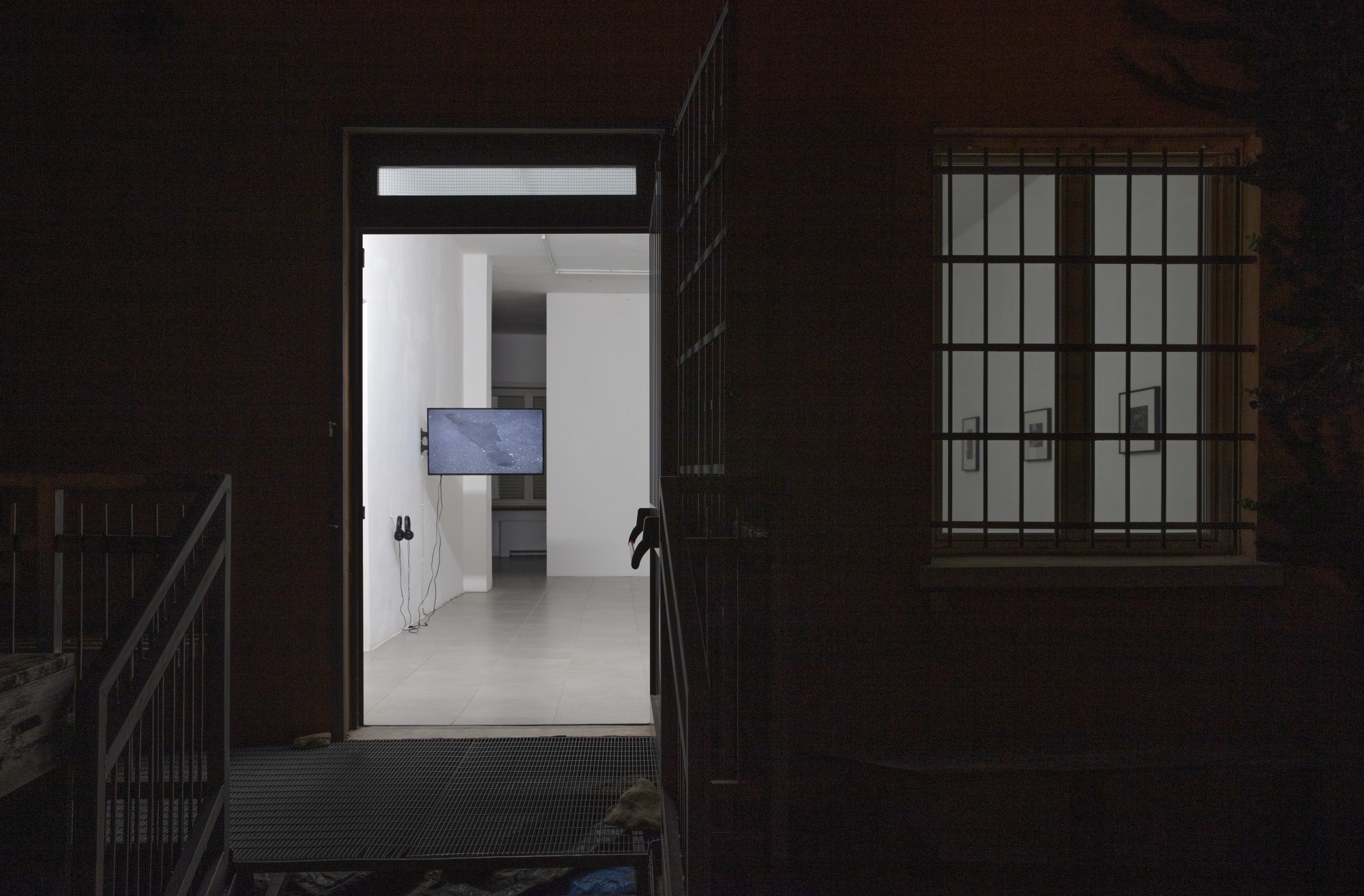
Installation view
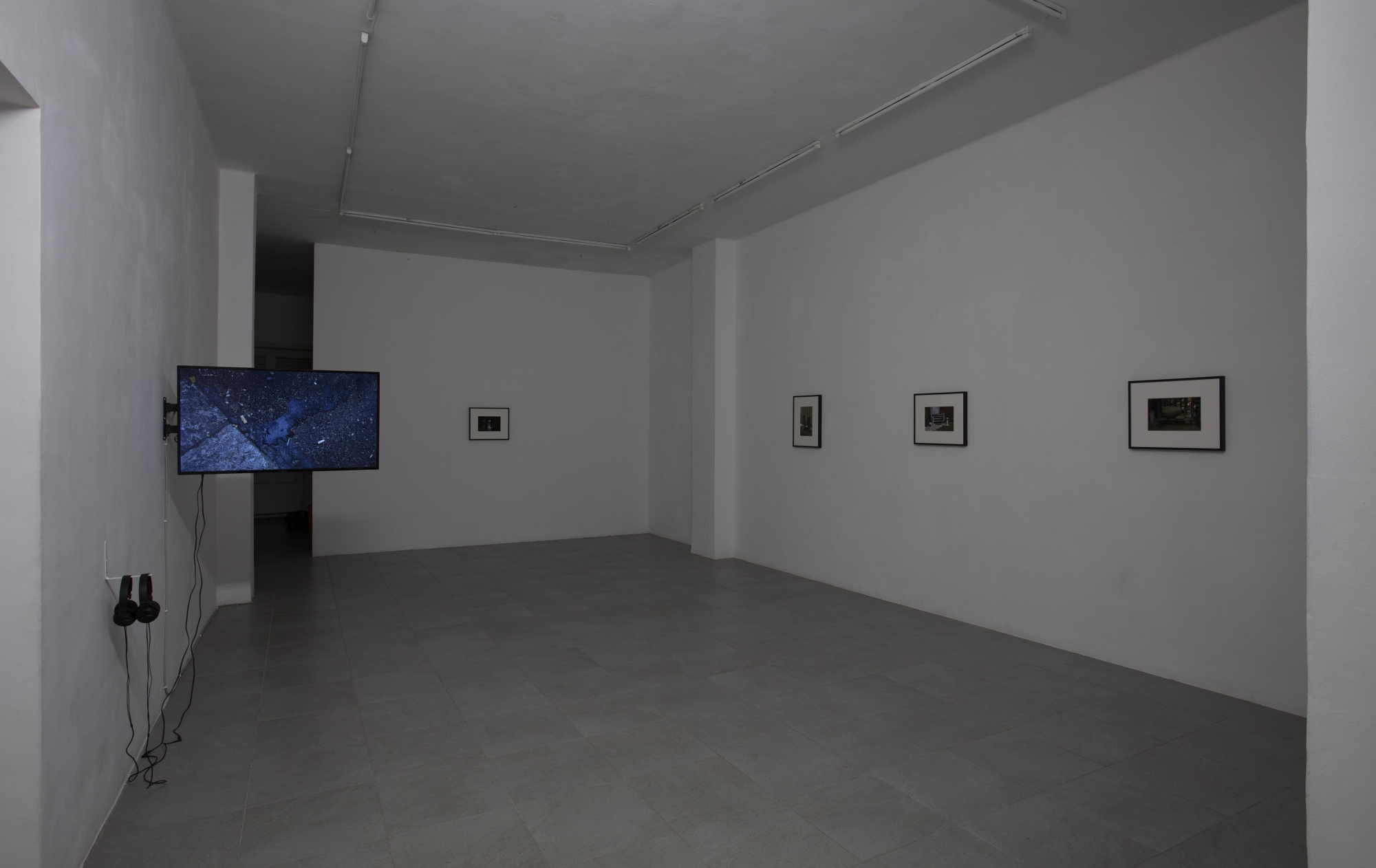
Installation view
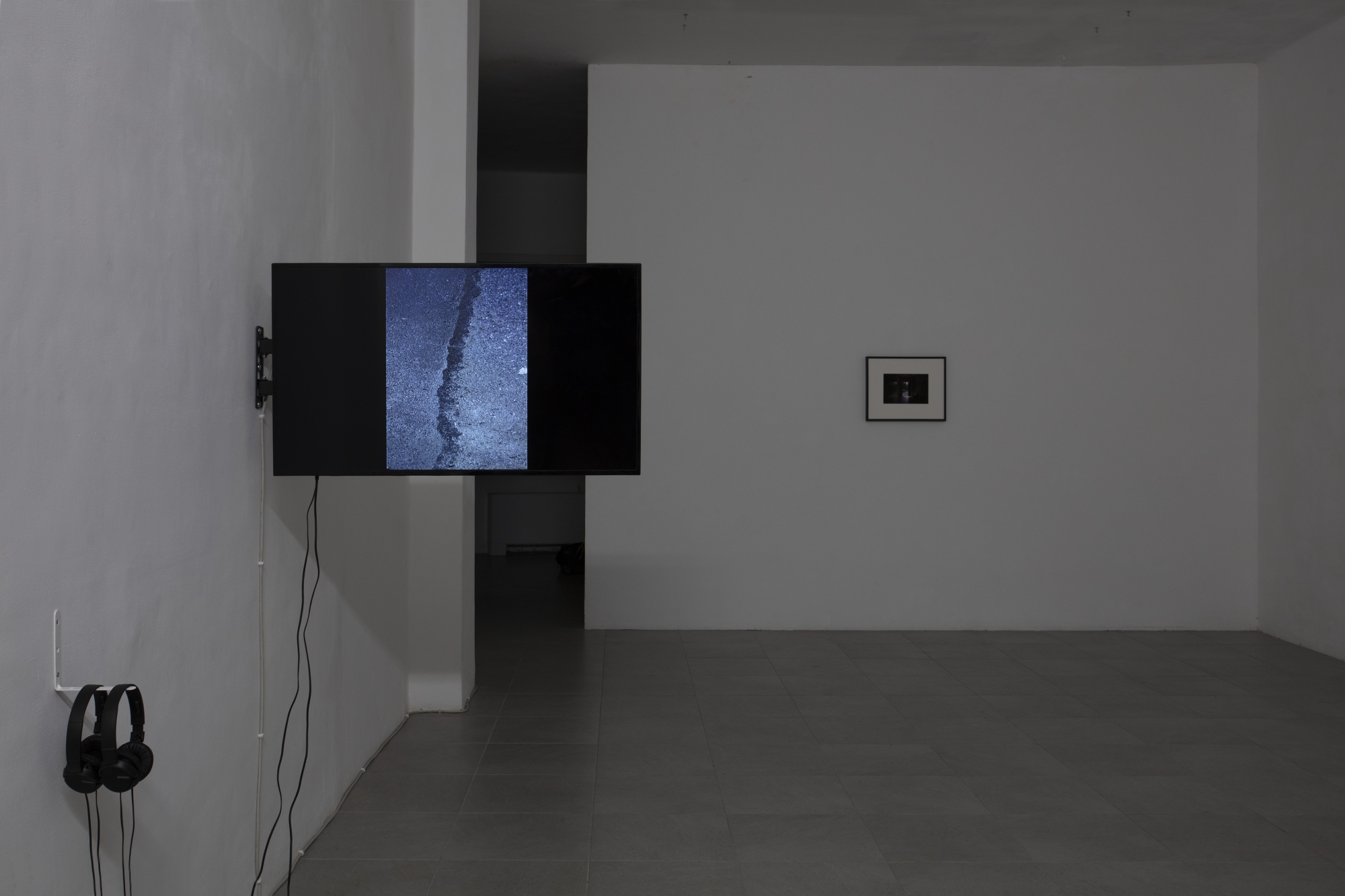
Intervalles, 2023, slideshow with voices, italian voice: Elisabetta Reali, 6’42
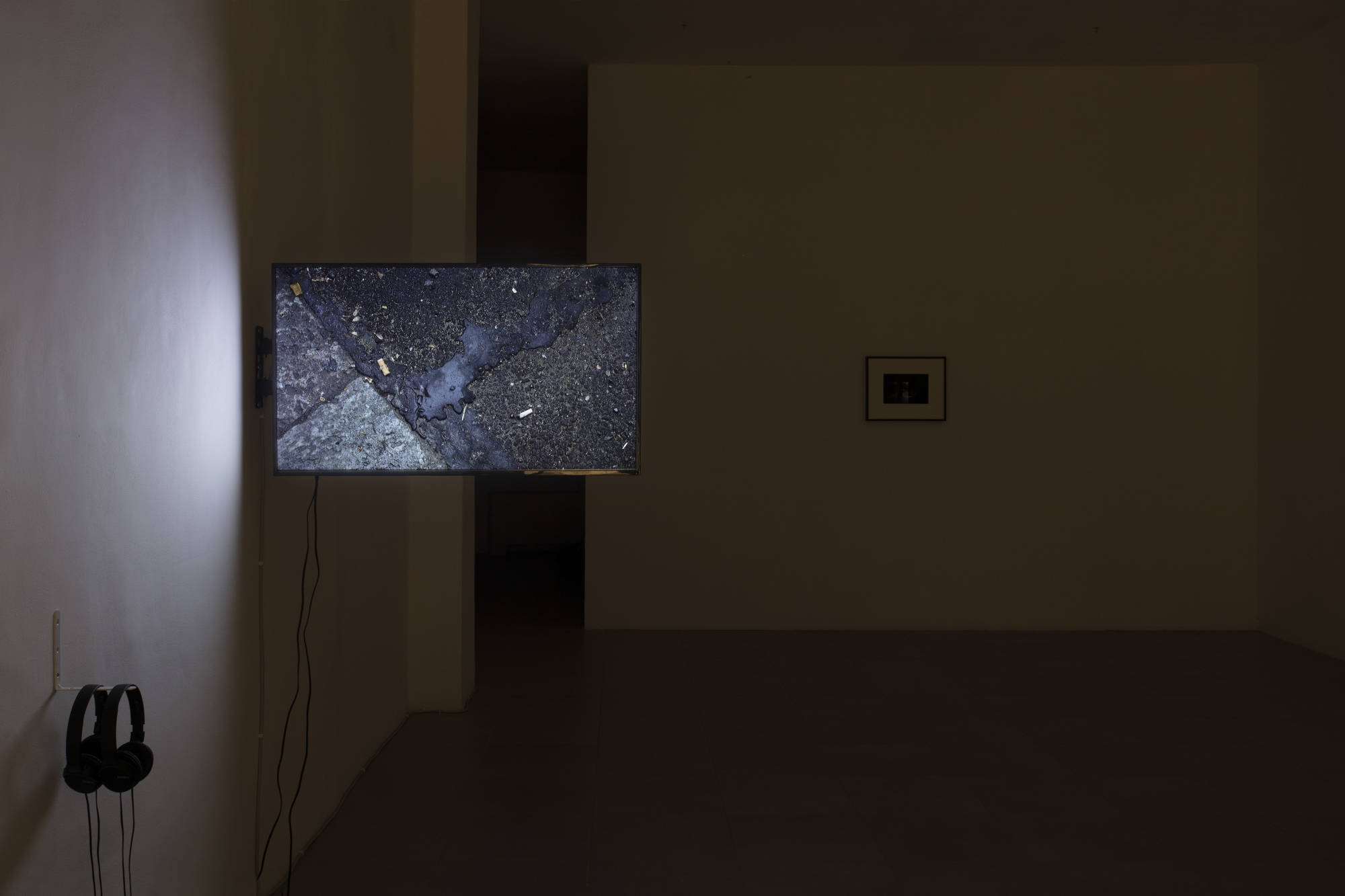
Intervalles, 2023,
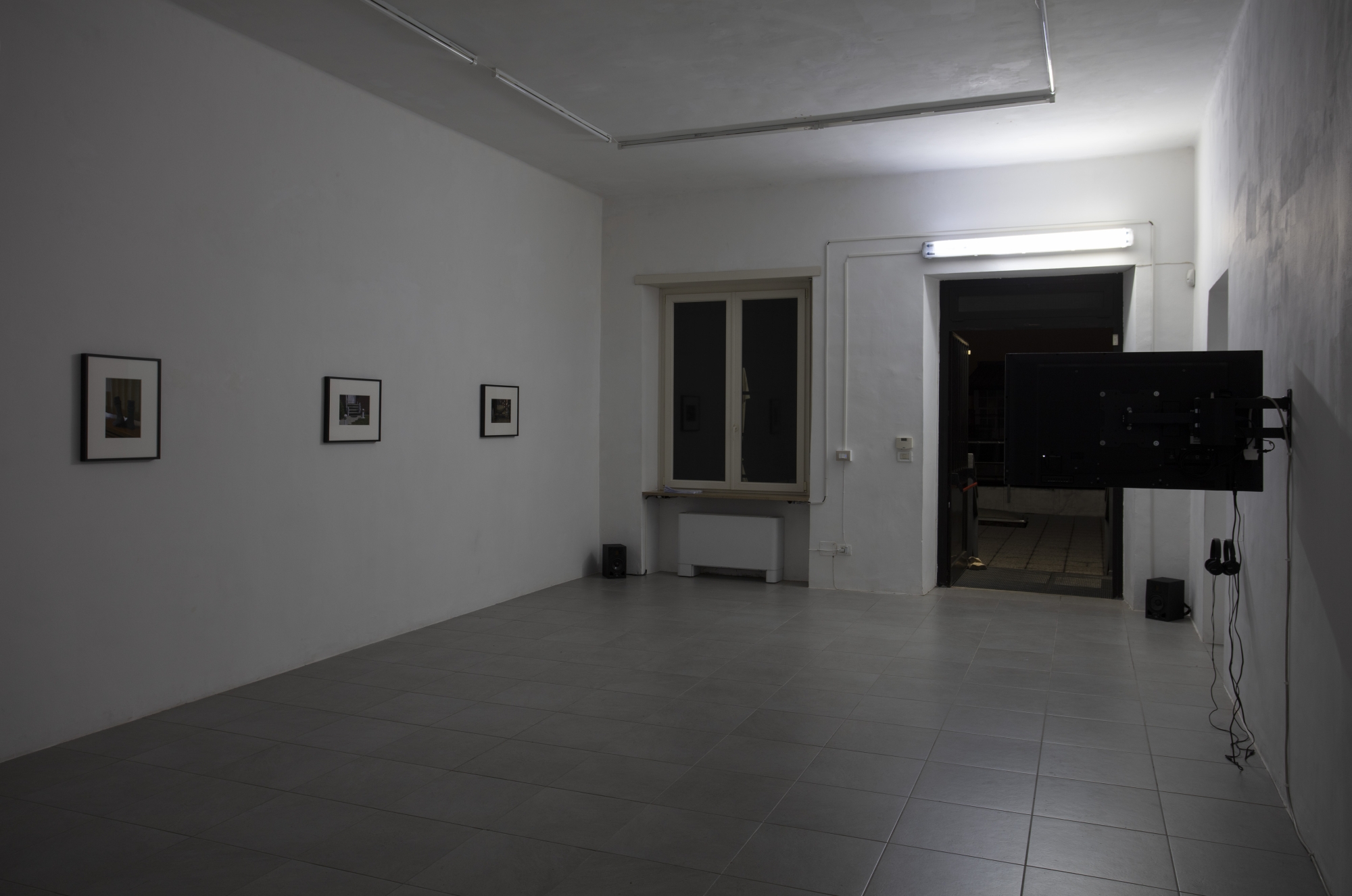
From the left: Fillings (Schöppingen), 2022, digital photographs, 20x30 cm (framed 40x49,5 cm); Lascia la porta socchiusa, 2023, sound piece, 5’20, stereo, mastered by Lee Fraser; Is it on, are we in (Circuits), 2023, waterproof ceiling light, double neon led, staircase timer, push-button, indicator light; Intervalles, 2023, slideshow with voices, 6’42, Italian voice: Elisabetta Reali
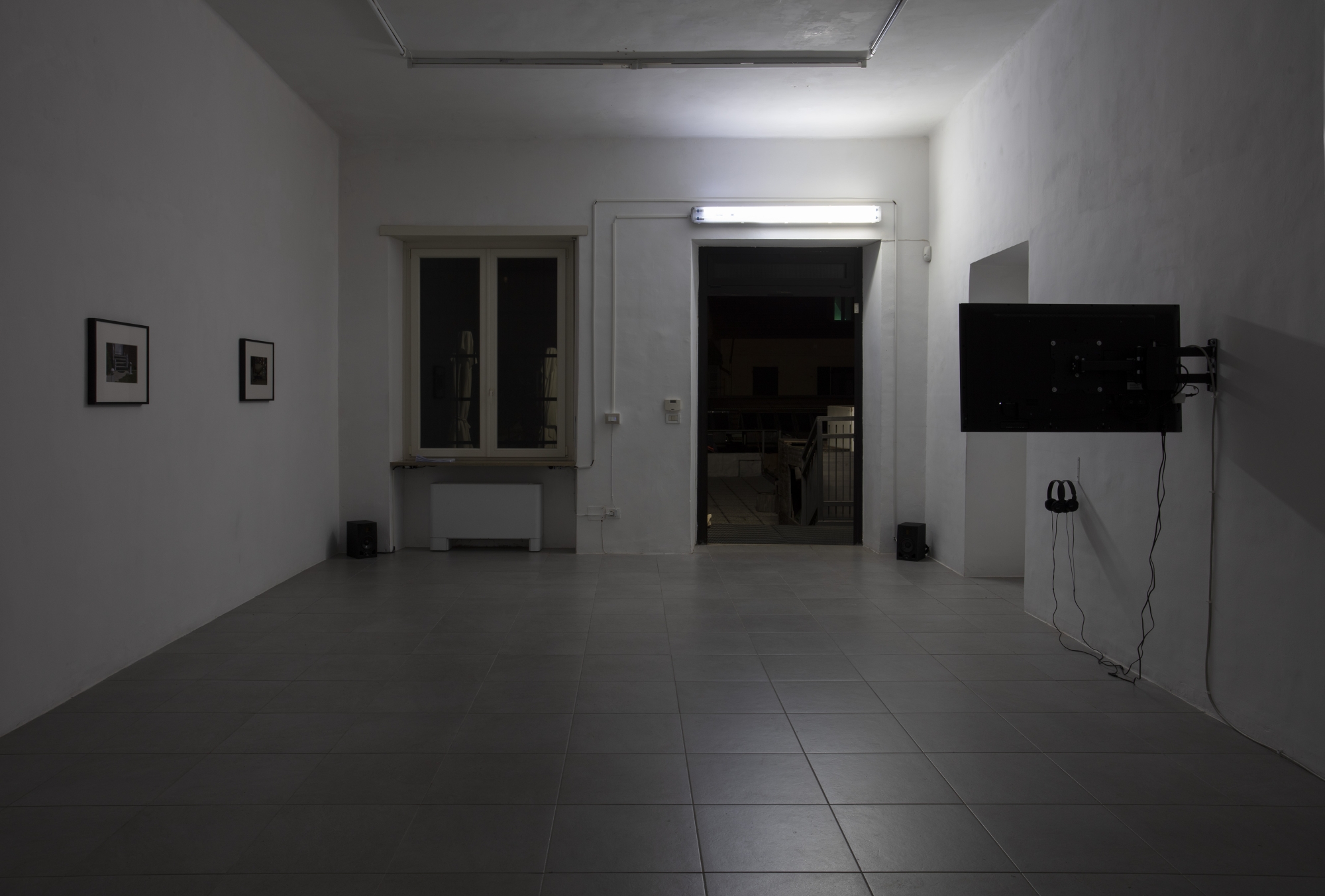
From the left: Fillings (Schöppingen), 2022; Lascia la porta socchiusa, 2023; Is it on, are we in (Circuits), 2023; Intervalles, 2023
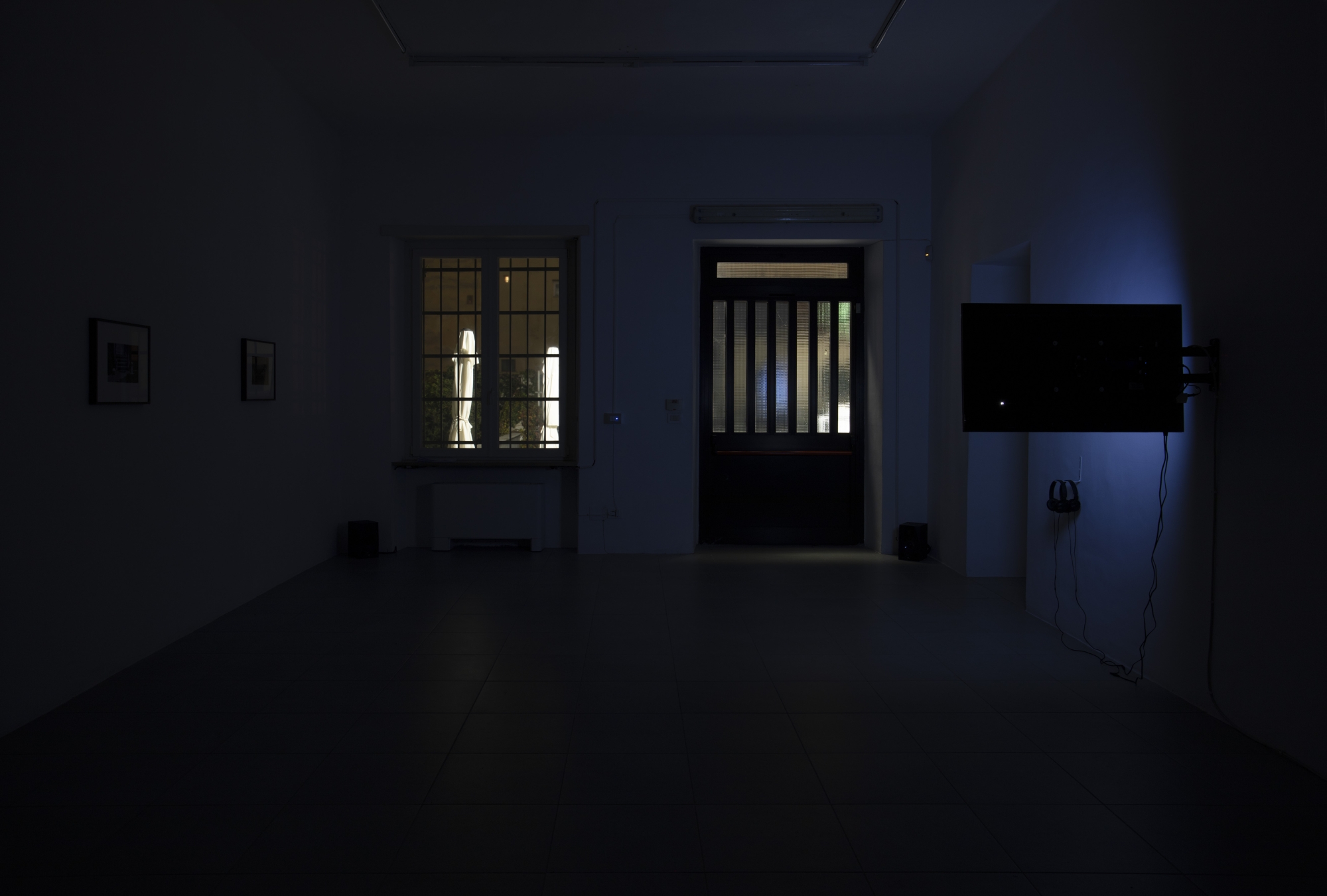
From the left: Fillings (Schöppingen), 2022; Lascia la porta socchiusa, 2023; Is it on, are we in (Circuits), 2023; Intervalles, 2023
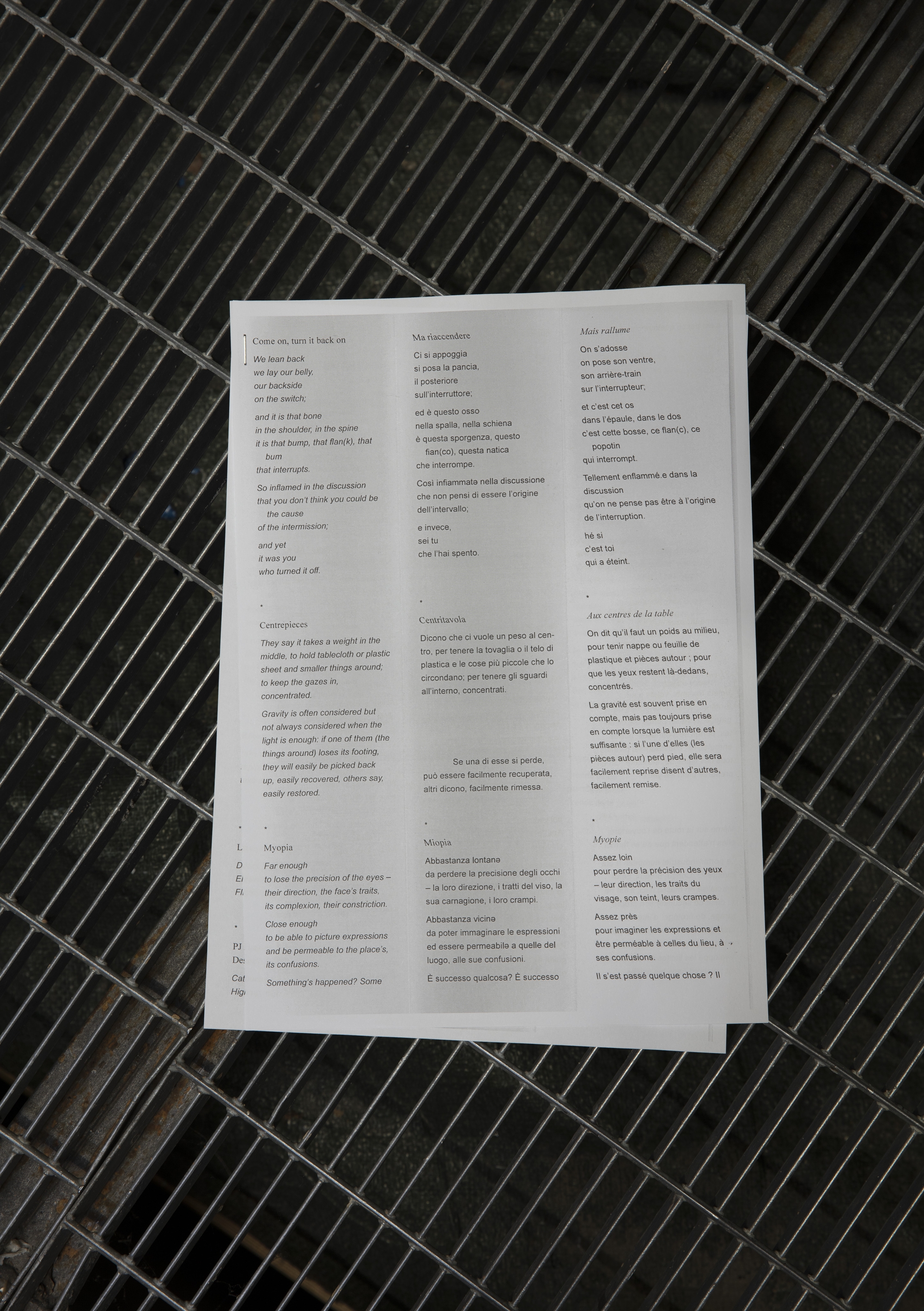
Intervalles, 2023, script
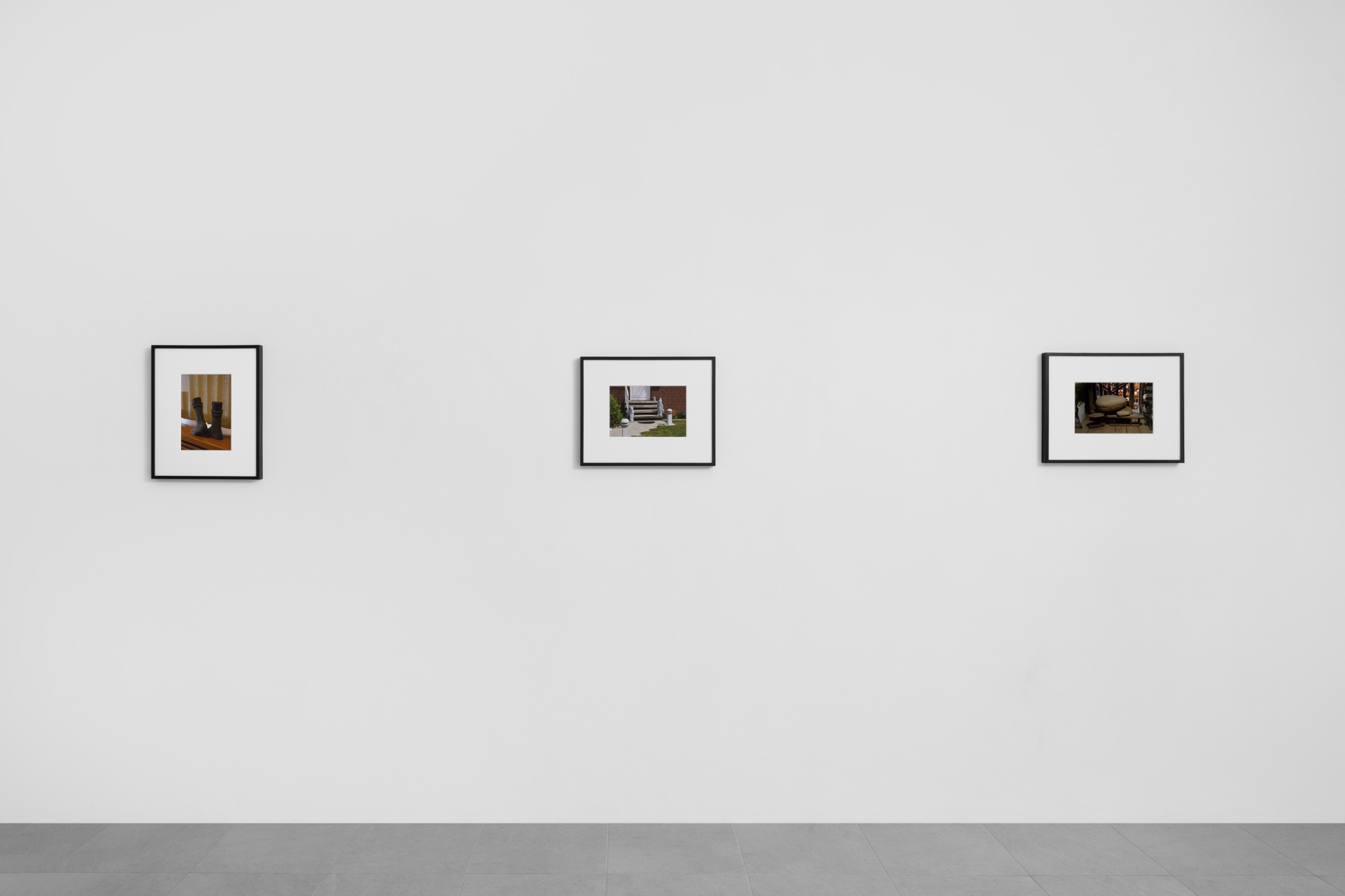
Fillings (Schöppingen), 2022, digital photographs: 20x30 cm, framed: 40x49,5 cm
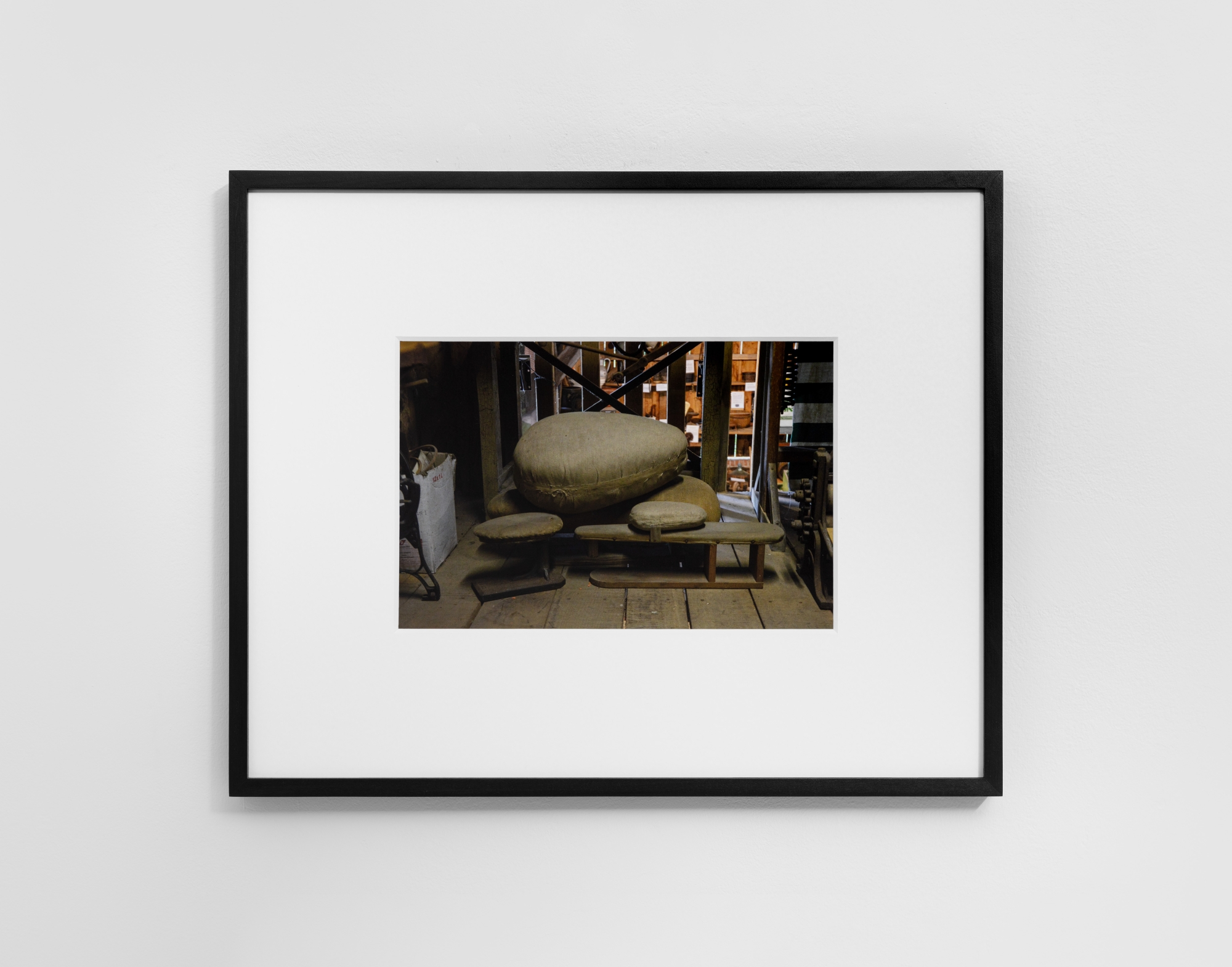
Fillings (Schöppingen), 2022
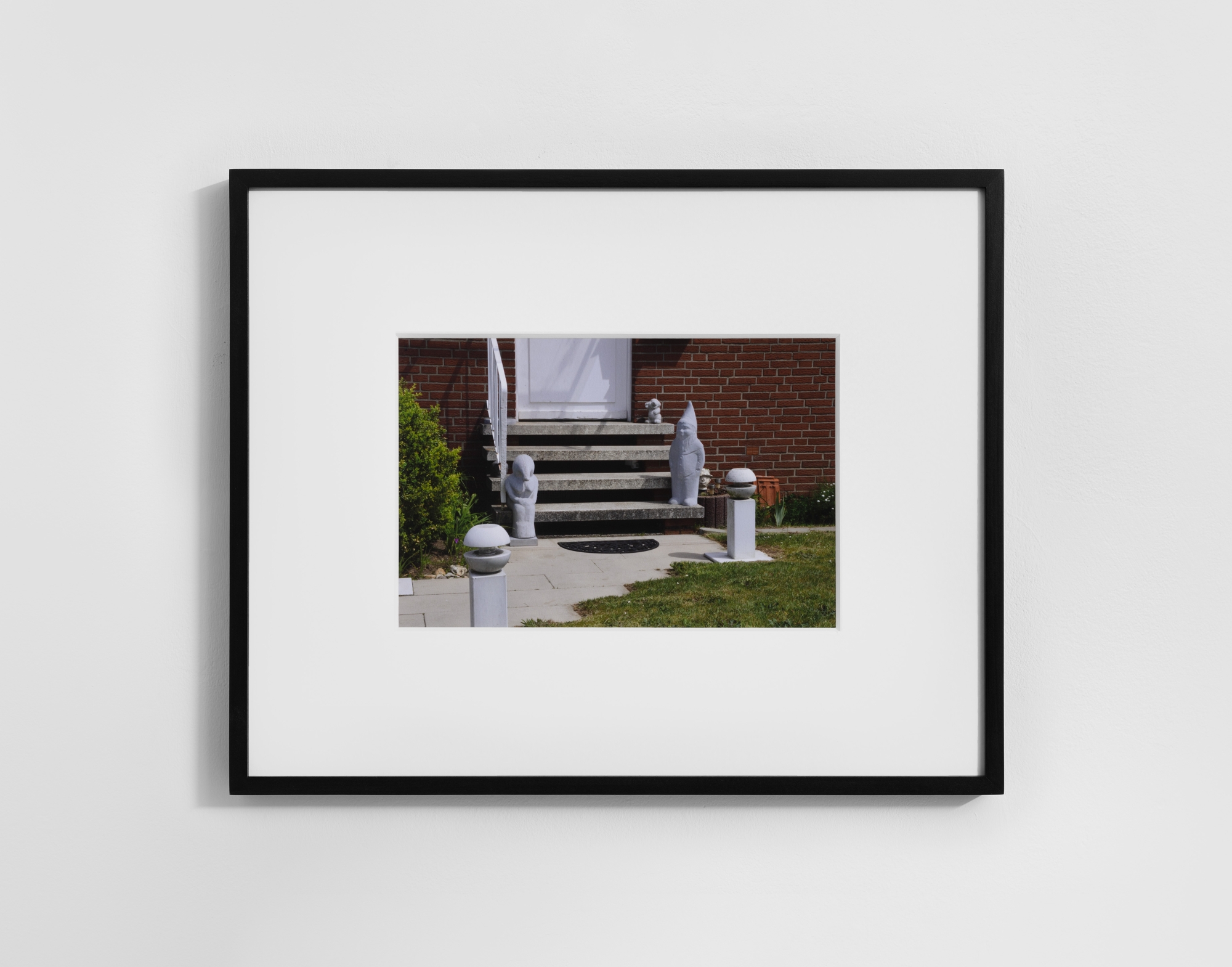
Fillings (Schöppingen), 2022
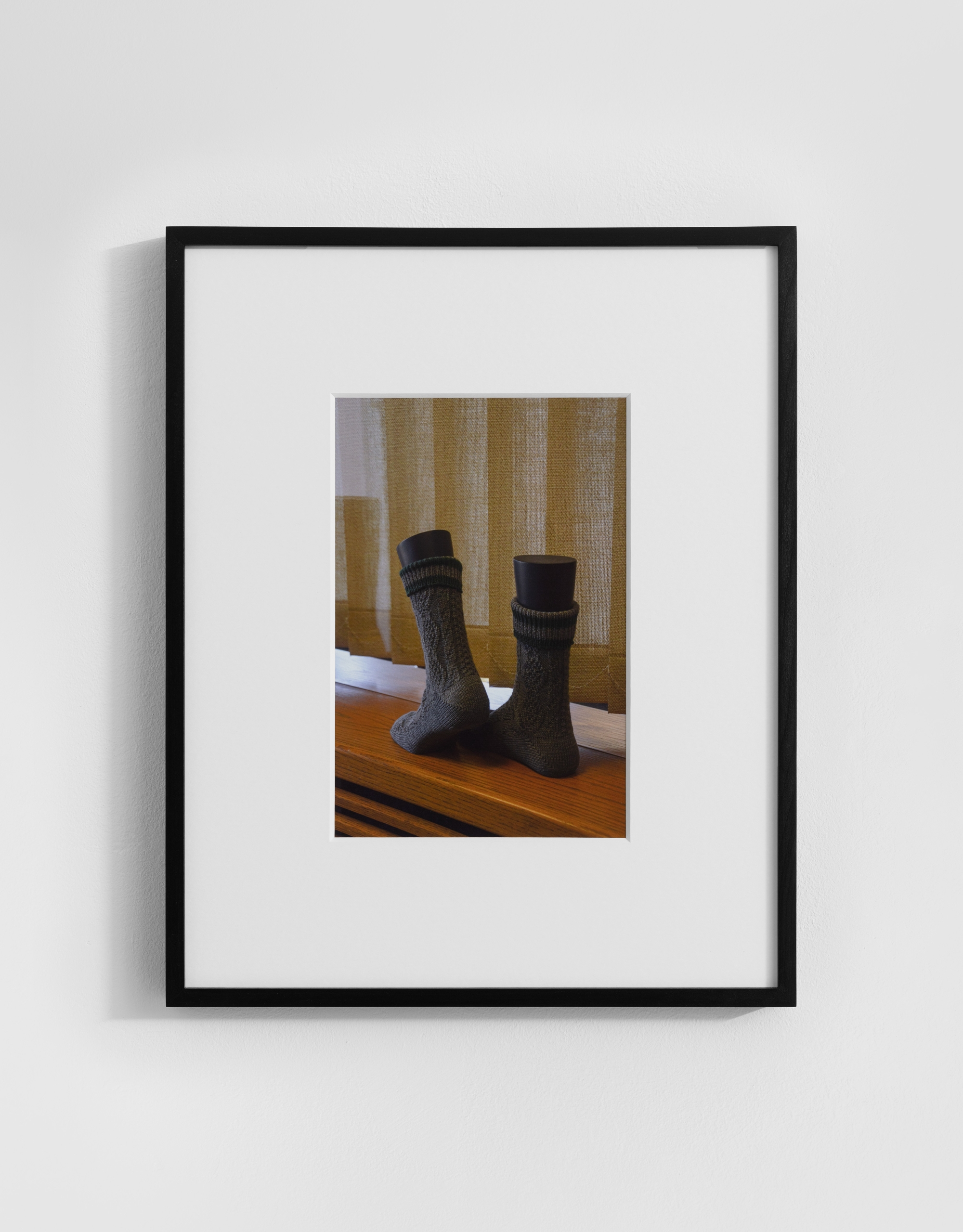
Fillings (Schöppingen), 2022
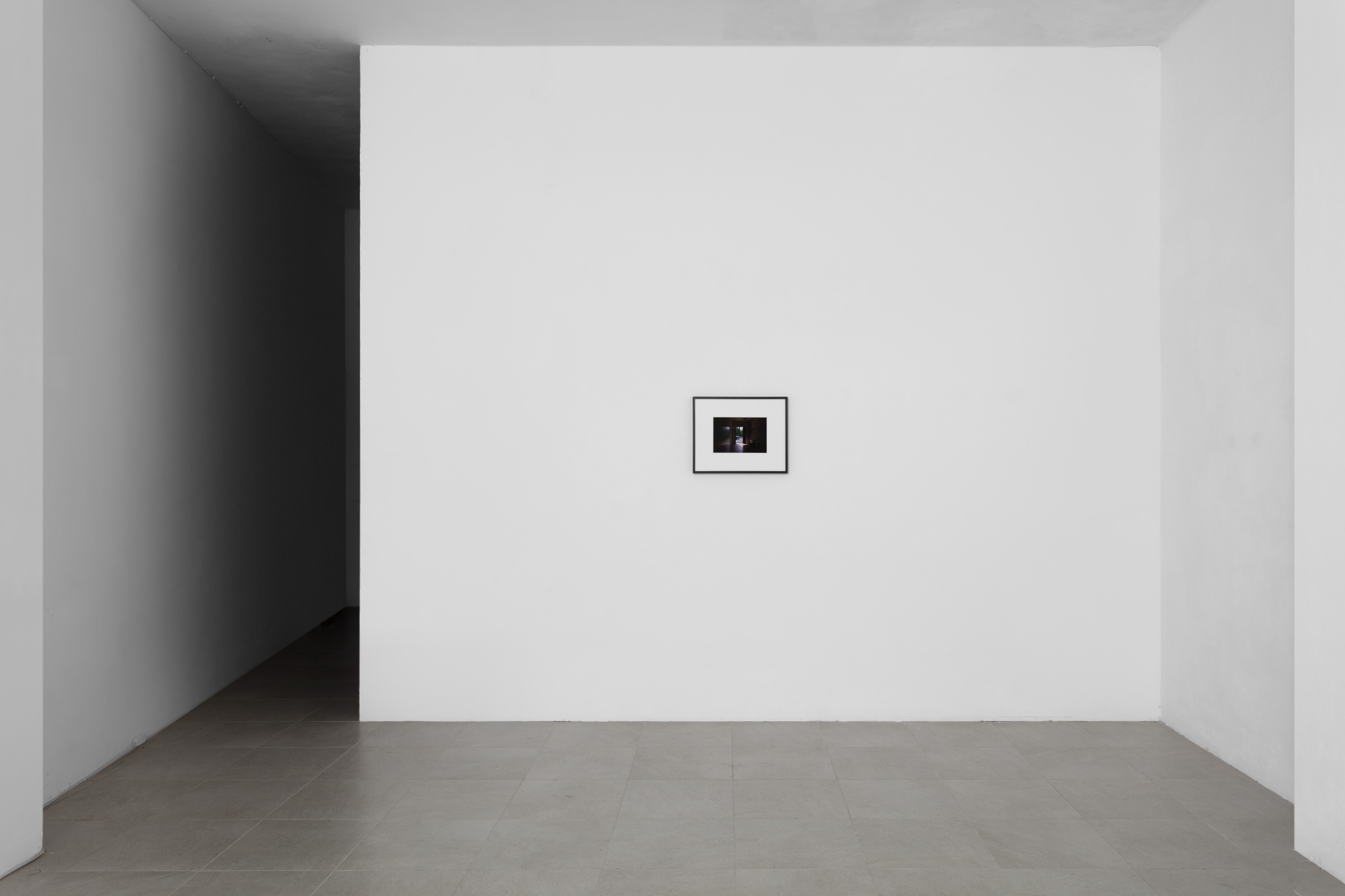
Fillings (Schöppingen), 2022
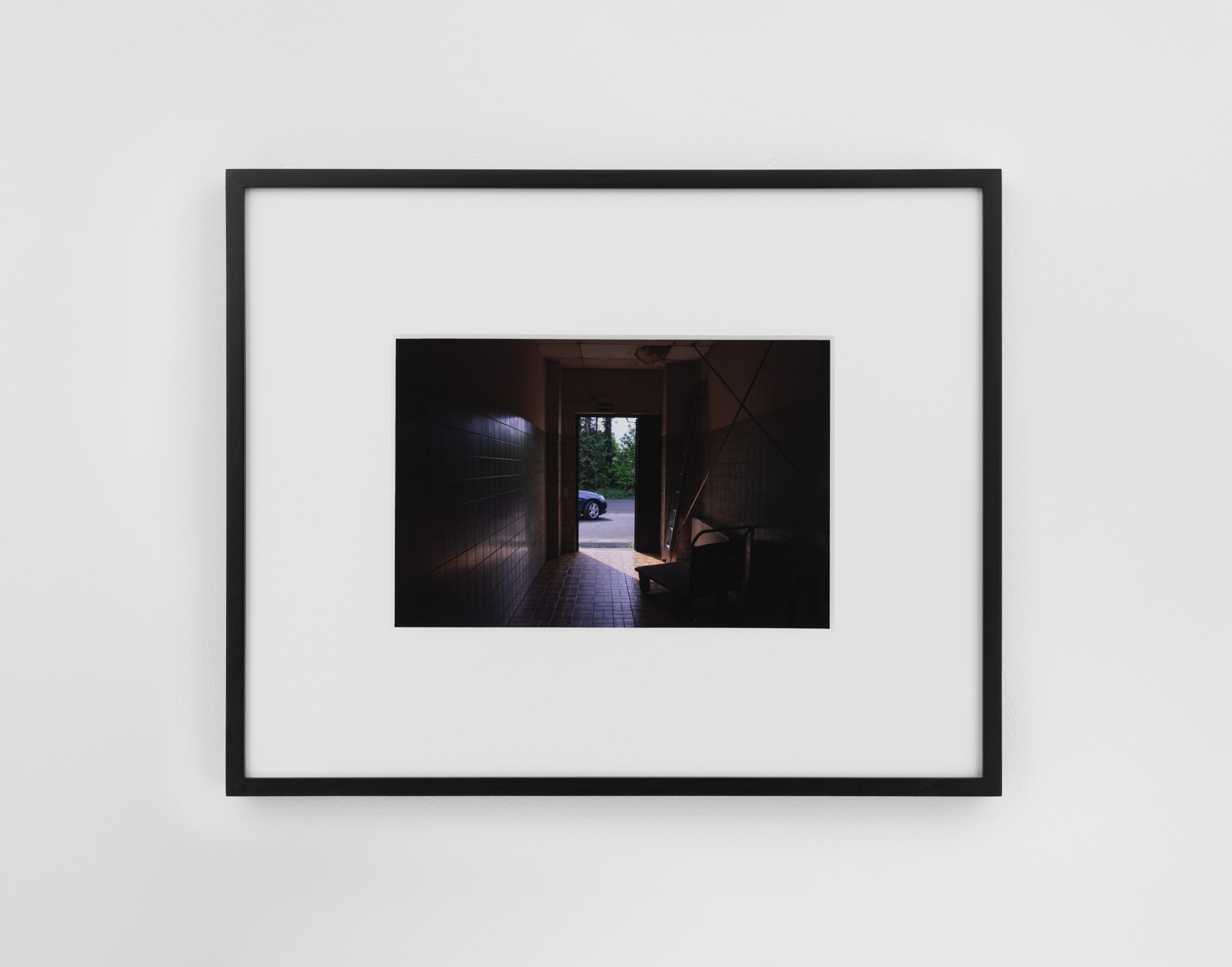
Fillings (Schöppingen), 2022